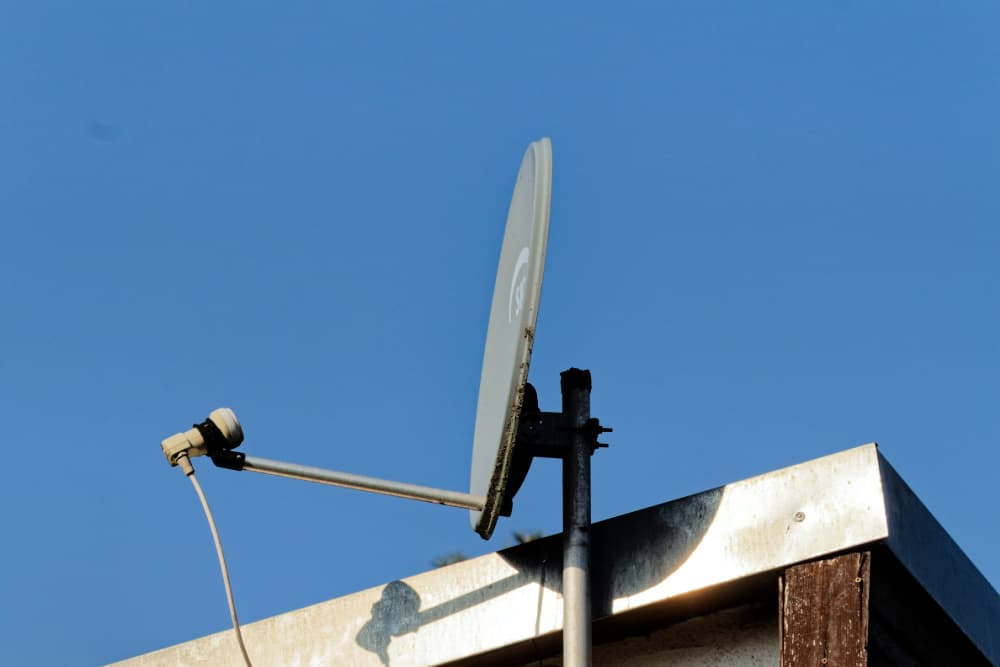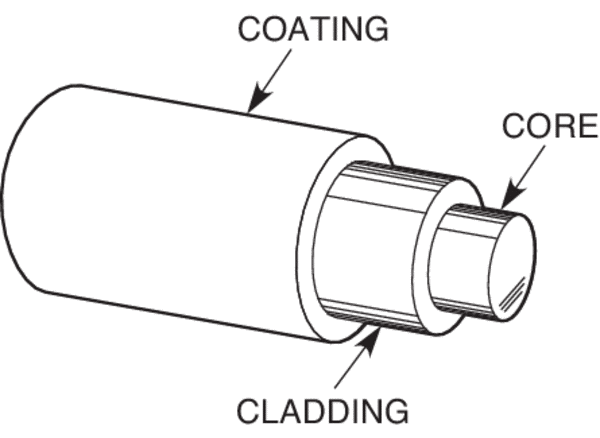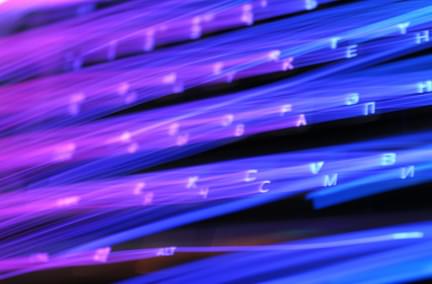Speed Wars, Episode II: Fiber Internet vs. Satellite
Nov 8, 2022 | Home Technology

In Speed Wars: Episode I, we compared fiber optic internet to DSL and found that fiber was faster and more reliable. But how does fiber internet compare to internet via satellite? How do speeds match up? What about reliability and accessibility? Let’s look at these two modern technologies to see which one will work better for your needs.
Satellite: Internet from Outer Space
Back in the 1980s, satellites revolutionized the telecommunications industry, providing a way to send signals worldwide with just a few connection points and decent reliability. Television stations no longer relied as much on radio signals and repeaters to broadcast to or from remote locations. Long-distance phone calls could be shot up to space and bounced back down via satellite to anywhere in the world. Soon, the world asked the question: What if we did the internet this way? We found out in 2003, with the launch of the first internet satellite.
Satellite internet works much the same way as telephone calls in that the signal travels from the transmitter dish on top of the house up to space, where it is processed by a satellite and then beamed back down to the receiver on the other end. Each time bits of data are sent, this long journey up and down from space takes place. While this works great for phone calls, which don’t require a lot of bandwidth so the signal travels very fast and is processed quickly, internet traffic is far more complex and taxing on a satellite system.
One appeal of satellite internet is its ability to reach users anywhere in the world without the need to install expensive cable or fiber lines. Rural areas benefit the most from satellite internet because traditional cable internet companies have a tough time reaching homes far from the main road.
The downsides to satellite are many. First, it’s expensive. Installation costs hover around $600 nationally, and monthly service fees often soar to $150 or more for not a lot of bandwidth (typically 25 to 150 Mbps), with data caps and big overage charges if you exceed your monthly data allotment. Repairs can also be pricey, and since the satellite sits on the roof in all sorts of weather, maintenance can be quite frequent. In case of foul weather, you might not get a signal from the satellite, effectively knocking out service.
Data transmission rates tend to fall behind, too, with slow connectivity, low bandwidth, and significant ping and latency issues as the signal struggles to get to the receiver on time. This lag means movies load slowly, downloads and uploads take a while, and online gaming is a bit of a struggle.
Fiber Internet
The next biggest revolution in telecom and internet following satellite was fiber optics. Thanks to a vast improvement over traditional copper cable that had limited distance and signal clarity, enormous amounts of data could now be transmitted over vast distances at incredible speeds and with extraordinarily little signal loss. File transfers that used to take hours could be done in seconds. Videos that had buffered and lagged before started playing immediately. And none of these functions are weather-dependent. Rain or shine, fiber internet still works.
The ability to send large chunks of data around the world through tiny strands of glass raised the bar for internet providers, as consumer and business bandwidth demands escalated and the number of users on the Internet skyrocketed. Satellites couldn't keep up with the increased demand, so the industry needed an alternative that could handle the new workload. Fiber internet was the perfect solution.
Whereas satellite internet download speeds are typically between 25 and 150 Mbps downloads and slower uploads, fiber internet runs between 250 and 1,000 Mbps (1 Gig) or higher. And fiber internet speeds are symmetrical, so uploads and downloads are the same speed.
Unlike satellite, fiber internet is less expensive, transmits data much faster, and offers vastly improved reliability because it is usually buried underground and not susceptible to the weather. The only drawback to fiber vs. satellite is the speed of deployment. Unlike satellite dishes that can be placed anywhere with a clear view of the sky, fiber internet requires fibers to be laid in the ground or strung on power poles in a fixed network. Building the network can take time and be expensive. But once deployed, fiber internet service works far better than satellite.
Wrap Up
For its time, satellite was innovative technology and can still be a practical alternative for rural communities to access the internet when no other options are available. However, with more fiber internet providers moving into previously inaccessible areas, soon many of these communities will have a better, faster internet connection.
In Episode III of Speed Wars, we will compare fiber optic internet to cable internet.
- fiber vs satellite
- satellite internet
- fiber optics
- home internet





